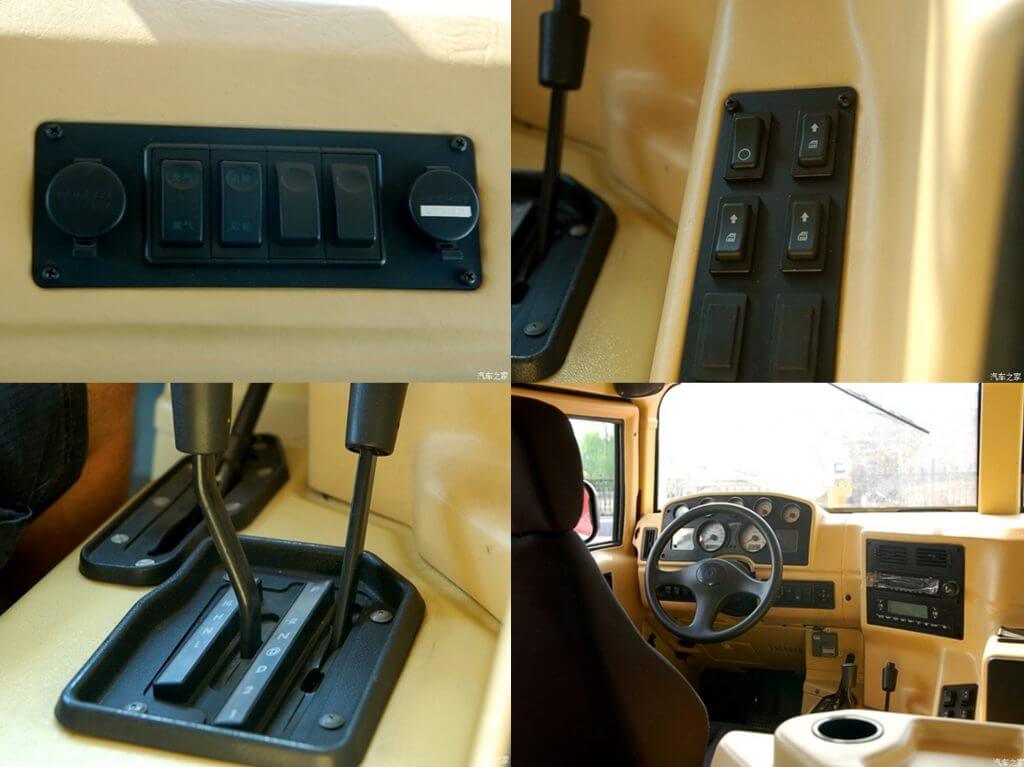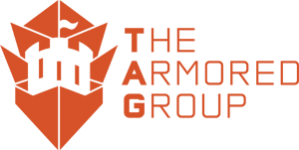Armored Asian Hummer "Warrior"
Vehicle Details
Armored Hummer “Warrior”
Several vehicles available, inquire at 602-840-2271
Opaque Armor
- Five-sided armoring of passenger compartment using certified ballistic steel plating to defeat high-powered rifle fire which meets or exceeds CEN level B6. (please refer to ballistics info in section 4.0 of this document).
- Floor is fitted with steel blast protection to protect occupants against fragmentation from simultaneous detonation of 2 DM-51 German ordnance hand grenades or equivalent.
- Armoring included on kick panels, rear wheel wells, firewall, A, B, and C door pillars and posts.
- Armor consists of welded certified ballistic grade steel construction.
- The interior frame, constructed of certified ballistic grade steel, provides overlap and backup protection for the large-surface principal impact areas such as the doors and windows and reinforces the structural integrity of the pillars and other key areas.
- Vehicle armoring shall be constructed in such a way as to ensure that a projectile following a linear or angled path shall not enter the vehicle’s interior without contacting the armor material. In addition to this, the possibility of a projectile entering the vehicle’s interior due to a ricochet from the armor shall also be minimized.
Transparent Armor
• Side glass to be mounted in a ballistic frame and attached to the inside of the vehicle door if spacing allows. In the event that this becomes too restrictive on the spacing required for passenger comfort, the glass shall be attached to the outside portion of the doors as is common on the U.S. model Hummer.
Doors
- Armor overlap at all doors to prevent penetration through door posts and pillars.
- Door pillars reinforced for maximum strength retention.
- Door hinges replaced when necessary with custom engineered heavy-duty hinges.
- Standard vehicle hinges will be re-used and reinforced whenever possible.
- Retainers located at all armored door openings to prevent over-extension during use.
Electrical
- All standard electrical equipment which has been altered during the armor conversion of this vehicle shall be tested and modified as necessary to protect against potential malfunctions and/or hazards arising from the armoring process.
Interior
- All original OEM interior panels and trim will be resized or modified and re-installed wherever possible to obtain as close to an original look as possible. In order to accommodate armor placement, some panels may be custom made and/or re- designed completely at the discretion of the armorer and upon consultation with the client.
Brakes
- The original braking system on the supplied vehicle has been evaluated based on available information and should be suitable in it’s original configuration.
- Testing will be done post-conversion to ensure that there is no more than a 15% degradation in braking performance. In the event of a more substantial rate of degradation, braking systems shall be modified accordingly to compensate for any inordinate loss.
Suspension
- Along with the braking system, the suspension components of the vehicle shall be tested pre and post conversion to determine the rate of degradation from the original manufactured vehicle’s capabilities.
- In the event that a degradation of more than 15% in handling has been found; the suspension system shall be modified to compensate for this degradation and bring the vehicle’s handling characteristics to within the acceptable parameters of +/- 15% effectiveness from that of the original manufactured vehicle.
Tires and Run Flats
• The supplied vehicle comes already equipped with a central tire inflation system which has proven to be an effective run-flat system in its own right during battlefield conditions and so, the vehicle will not be fitted with aftermarket run-flats as a part of the armoring process.
Additional Standard Armor Package Features
- Vehicle tire jack is replaced with a 10 ton capacity bottle-type hydraulic jack.
- Steel protection over fuel tank is standard on our vehicles.
- Hardened additional door risers installed when required to prevent sagging during use.
- Ballistic protection for engine ECM unit, under-hood fuse box and battery.
- Security shield installed in tailpipe to prevent insertion of foreign objects.
- Vehicles are equipped with portable mounted fire extinguisher, first aid kit and road warning triangles as standard.







